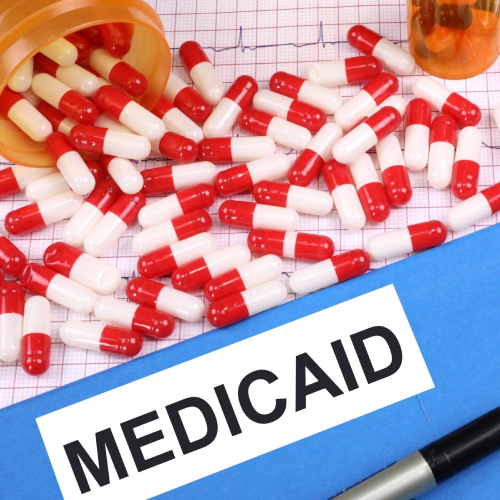Medicaid is one of the most important public health programs in the U.S. It offers free health insurance or low-cost medical coverage to people with limited income, helping millions of families get the care they need in every state.
This program is a partnership between the federal government and individual states, and it’s specifically designed to assist groups like children, pregnant women, seniors, and people with disabilities. If you think you might qualify, it’s a good idea to look into it.
How Medicaid Works
Medicaid is funded jointly by federal and state governments. While states follow federal rules, they each run their own version of the program. That means eligibility, benefits, and the application process can vary a bit depending on where you live. The program typically covers things like:
- Hospital care
- Visits to doctors
- Lab work and screenings
- Prescription medications
- Long-term services
- And in some cases, dental care
Who Can Get Free Health Insurance?
If you’re unsure whether you’re eligible, here’s a quick breakdown of the key requirements:
Non-Financial Eligibility
To qualify, you need to be a U.S. citizen or have a qualifying immigration status. This could include permanent residents (green card holders), certain visa holders, or refugees, depending on your state.
You also need to live in the state where you’re applying and have a permanent address. Another big factor? Being part of an eligible group. Medicaid is open to low-income families, children, pregnant individuals, people over 65, and others in vulnerable situations.
Financial Eligibility
Income plays a major role too. Each state sets income limits, usually based on the Federal Poverty Level (FPL). In states that expanded Medicaid under the Affordable Care Act, eligibility may go up to 138% of the FPL—that’s about $36,777 per year for a family of three in 2025.
But don’t assume you’re disqualified just because your income is slightly above the limit. Some states offer special programs:
- Medically Needy – for people who have high medical bills and can “spend down” their income to qualify
- HIPP (Health Insurance Premium Payment) – helps cover private insurance costs when it’s cheaper than Medicaid
How to Apply for Free Health Insurance
Start by checking your eligibility through your state’s Medicaid office. You can also visit HealthCare.gov to get started.
Before applying, make sure you have the necessary documents:
- Social Security number (or immigration records)
- Proof of income (pay stubs, W-2s, etc.)
- Proof of state residency
Once you’ve got everything, submit your application through your state’s Medicaid agency or the federal Marketplace. If you apply through the Marketplace and qualify, your info will be passed along to your state.
After submitting, your application will be reviewed. If approved, coverage usually begins either on the day you applied or at the start of that month. Some people may even qualify for retroactive coverage for the last three months.
Why You Should Look Into It
If you qualify for Medicaid, you have the right to enroll, and a lot of people don’t even realize they’re eligible. As of 2025, over 71 million Americans are covered through Medicaid. But many more could be, if they knew they could apply!
This program doesn’t just reduce medical costs—it also helps improve long-term health and access to care. And by focusing on prevention, it supports a healthier population overall.
So if you or someone in your family might qualify, don’t wait. Take a little time to learn more, gather your paperwork, and apply. Affordable, quality healthcare might be more within reach than you think.
This website/blog provides general information about U.S. government benefits and is not affiliated with any government agency. It does not offer legal advice or guarantee eligibility. For official guidance, please visit benefits.gov or consult a licensed professional.
All information in this and other BOISLA articles is subject to change over time. Please check for updates directly with the institutions and companies mentioned. Approval is subject to the institution’s review.
REFERENCES:





